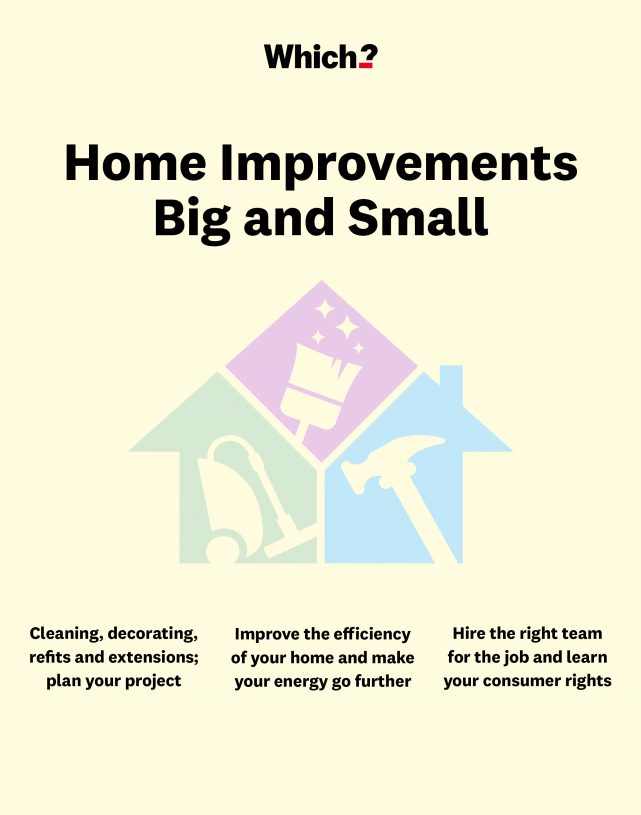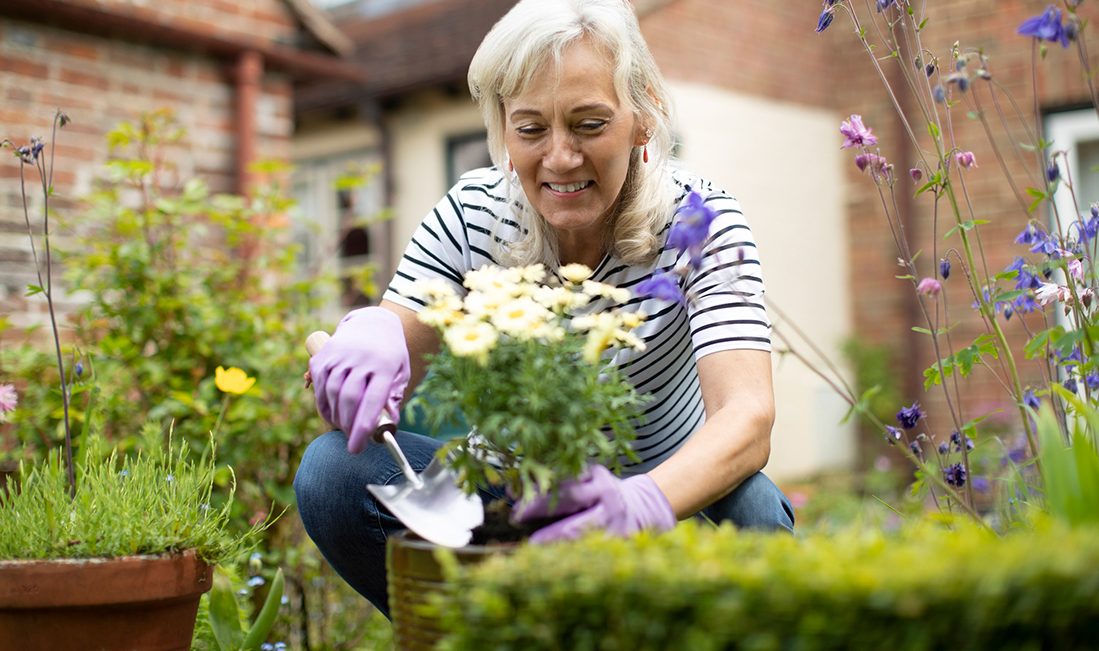User guide
Finding your way around the guide
To navigate between pages, click or tap the arrows to go forwards to the next page or backwards to the previous one. The arrows can be found either side of the page and at the bottom, too (circled in green, below).


Menu/table of contents
Click or tap on the three horizontal lines in the top-right of your screen to open the main menu/table of contents. This icon is always visible whether you're using a computer, tablet or smartphone. The menu will open on top of the page you’re on. Click on any section title to visit that section. Click the cross at any time to close the table of contents.
Text size
On a computer, you'll see three different sized letter 'A's in the top-right of your screen. On a smartphone or tablet these are visible when you open the menu (see above). If you’re having trouble reading the guide, click or tap on each of the different 'A's to change the size of the text to suit you.
Pictures
On some images you'll see a blue double-ended arrow icon. Clicking or tapping on this will expand the picture so you can see more detail. Click or tap on the blue cross to close the expanded image.
Where we think a group of images will be most useful to you, we've grouped them together in an image gallery. Simply use the blue left and right arrows to scroll through the carousel of pictures.
Links
If you see a word or phrase that's bold and dark blue, you can click or tap on it to find out more. The relevant website will open in a new tab.
Jargon
If you see a word or phrase underlined, click or tap on the word and small window will pop up with a short explanation. Close this pop-up by clicking or tapping the cross in the corner.
Help
On a computer, you'll see a question mark icon in the top-right of your screen. On a smartphone or tablet this is visible when you open the menu (see above).
Clicking or tapping on the question mark will open this user guide. It opens on top of the page you're on and you can close it any time by clicking or tapping the cross in the top-right corner.

Caring for your garden
Make the most of your outside space, and keep it looking fresh through all seasons – and all renovations.
Work on your home can sometimes come at a cost to your garden. When builders are about to descend, a few simple tricks can prevent your outside space being decimated. If your greenery has already been churned up or compacted, it's still possible to promote recovery.
We also offer advice on how to get started on a garden renovation, and a season-by-season guide to what jobs to do when and to keep your garden looking its best.
Garden care during home improvements
Before
-
Dig up your most precious plants and transfer them to pots of multipurpose compost. Move these to a safe spot and keep well watered.
- Cordon off favourite shrubs or trees that are close to the work but too big to move.
After
- Heavy machinery and constant trampling will compact the soil, so once the work is over, dig in soil improver, such as well-rotted manure, to open up the structure before planting. Add some feed to each planting hole and keep your plants well-watered to help them to establish.
- If your lawn now looks more like a well-used football pitch, don’t despair, as grass is resilient. Aerate by inserting a garden fork at intervals of 15cm or so and brush in a top dressing of sand and compost mix so that it drops down to lightly fill the holes.
- If the lawn is really bad or you’re in a hurry, sow grass seed over the bare patches. Don’t just chuck it down and hope for the best, though, dig in a little soil improver, remove any weeds, rake the soil level and sprinkle with some fertiliser. Finally, sow the grass seed, cover with bird netting and water regularly until it starts to sprout.
Our free monthly gardening newsletter will prompt you to do those seasonal jobs that will keep your garden looking great all year round. Join Which? Gardening for just £4.99 a month or £49 a year and our magazine will drop through your door full of inspiration and know-how.
Garden renovation
Perhaps a property renovation has inspired you to consider a redesign or revamp of your outside space? If so, here are three top tips:
-
Assess what you want from the space – maybe more seating, a dining or play area.
- Hard landscaping – mirroring the materials used in the house can create a pleasing flow from the interior to exterior.
- Replanting – to ensure any new plants will thrive, make sure they are suitable for your soil type and check whether they need sunny conditions or can tolerate shaded areas.
Finding a reliable and skilled gardener can be challenge, as this area is far less regulated compared with other trades, such as plumbing and building. Ask your neighbours for recommendations, but if that draws a blank, check out Which? Trusted Traders.
Do your own maintenance
Gardening is a year-round hobby – or chore, depending on your outlook. However, it feels much less intimidating if you have a clear summary of seasonal tasks.
In spring: weeding, cutting back borders and mulching plants are top of the agenda. In early spring you can plant out hardy veg, such as lettuce, and sow other veg seed, including spring onions and beetroot. By late spring you should be mowing your lawn at least once a week and planting tomatoes for the greenhouse – and also outside, once the danger of frost has passed.
In summer: water during dry spells, build up your compost heap, harvest early potatoes and thin fruit, such as apples, pears and plums. Late summer is a good time to trim hedges as young birds will have fledged and your hedges may be looking a little scruffy. By now, you should be enjoying harvesting tomatoes, potatoes and more.
In autumn: this is a good time to give your lawn some TLC before winter sets in. Rake it to remove moss, thatch and other debris. It’s also a good time to sow grass seed or lay turf before temperatures dip too low. Harvest early varieties of apple as soon as they’re ripe, and maybe try your hand at sowing winter salads.
In winter: it’s a quieter time in the garden, but sweeping leaves off the grass and hard surfaces, tidying your shed and sharpening tools such as secateurs in readiness for action are all worthwhile tasks. Early winter is the time for harvesting Brussels sprouts and pruning apple and pear trees. By late winter, stocking up on seed compost, chitting potatoes, mulching bare soil and turning the compost heap will give you a head-start as spring arrives.
Our gardening through the year advice guides cover all the necessary and optional tasks for every month of the year.
As well as test lab reviews of garden tools and outdoor living items, such as barbecues and patio heaters, we also have expert recommendations on the top fruit and veg varieties to grow, based on plant trial results. Head to our garden and outdoors advice hub to view it all.
How to clean with a pressure washer
A quick job that can make a big difference to the look of your garden is cleaning the patio and paths. Using a pressure washer will lift stamped-in dirt and stop these surfaces becoming dangerously slippery to walk on. Here’s how to go about it:
- Make sure your hose is firmly attached to the tap.
- Turn the hose on, then release the lance trigger until water runs freely. Then switch on the power.
- Fit the appropriate lance – most have a simple bayonet fitting. The pump will not operate until you squeeze the trigger.
- Make sure all connectors are tight and there are no leaks.
- Work from one edge or corner of the patio, blasting the dirt away from you in a sweeping motion.
- If necessary, use the most powerful setting or the rotary lance to shift ground-in dirt and grime.
- Rinse off using a lower pressure.
Take a look at our picks of the best pressure washers and expert buying advice, including the best one for patios.


